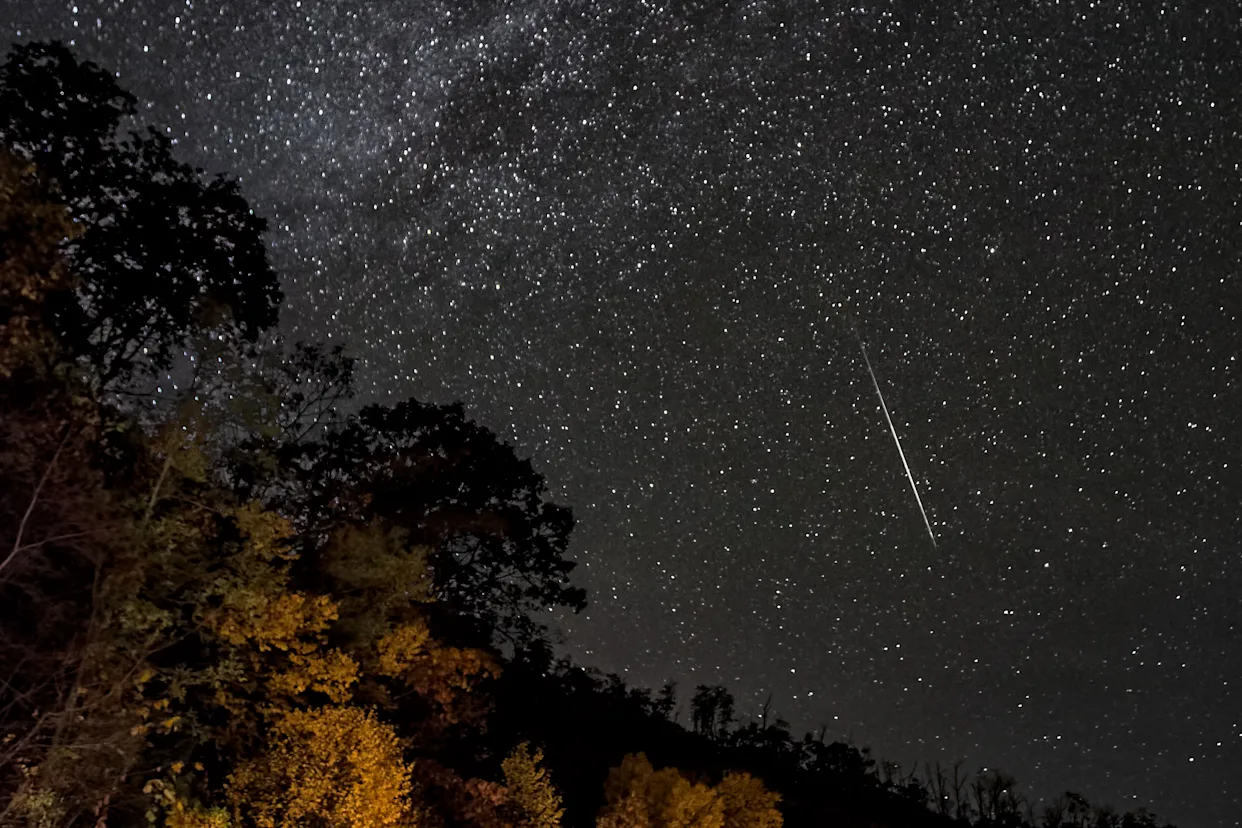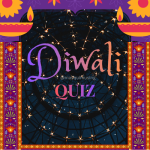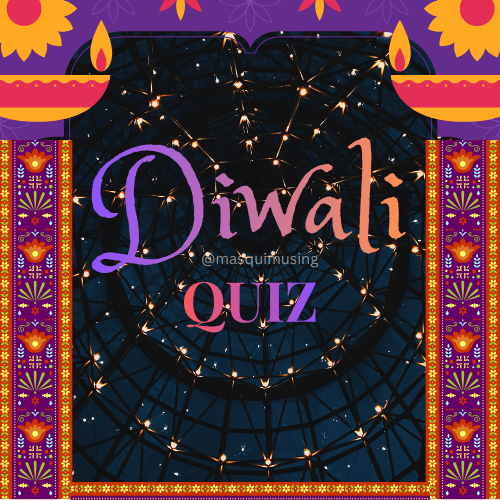What is it? The Orionid Meteor Shower happens every October when Earth passes through dust left behind by Halley’s Comet. As the tiny dust hits our atmosphere at super speed (about 66 km per second!), it burns up and looks like shooting stars. How to Spot Them Date: Best seen between October 20–23. Time: Look after midnight until dawn. Place: Find a dark, open …
What is it?
The Orionid Meteor Shower happens every October when Earth passes through dust left behind by Halley’s Comet. As the tiny dust hits our atmosphere at super speed (about 66 km per second!), it burns up and looks like shooting stars.
How to Spot Them
- Date: Best seen between October 20–23.
- Time: Look after midnight until dawn.
- Place: Find a dark, open spot away from streetlights.
- Eyes, not telescopes: You don’t need binoculars or a telescope. Your eyes are enough!
- Be patient: Lie down on a mat or blanket and give your eyes 15–20 minutes to adjust to the dark.
Where to Look (Sky Map Idea)
- Face east.
- Find the constellation Orion — it looks like a hunter with a belt of three bright stars in a row.
- Meteors will seem to shoot out from near Orion’s shoulder star, Betelgeuse.
(But look all around the sky — they can appear anywhere!)
Fun Facts
- You may see 20–25 meteors per hour on a clear night.
- Orionids are known for leaving bright trails that last a few seconds.
- Halley’s Comet causes two showers each year: Orionids (October) and Eta Aquariids (May).
Quick Tip Card for Kids
No telescope needed
Watch after midnight
Look east for Orion’s Belt
Bring a blanket and warm clothes
Wait 15 minutes in the dark for best viewing






